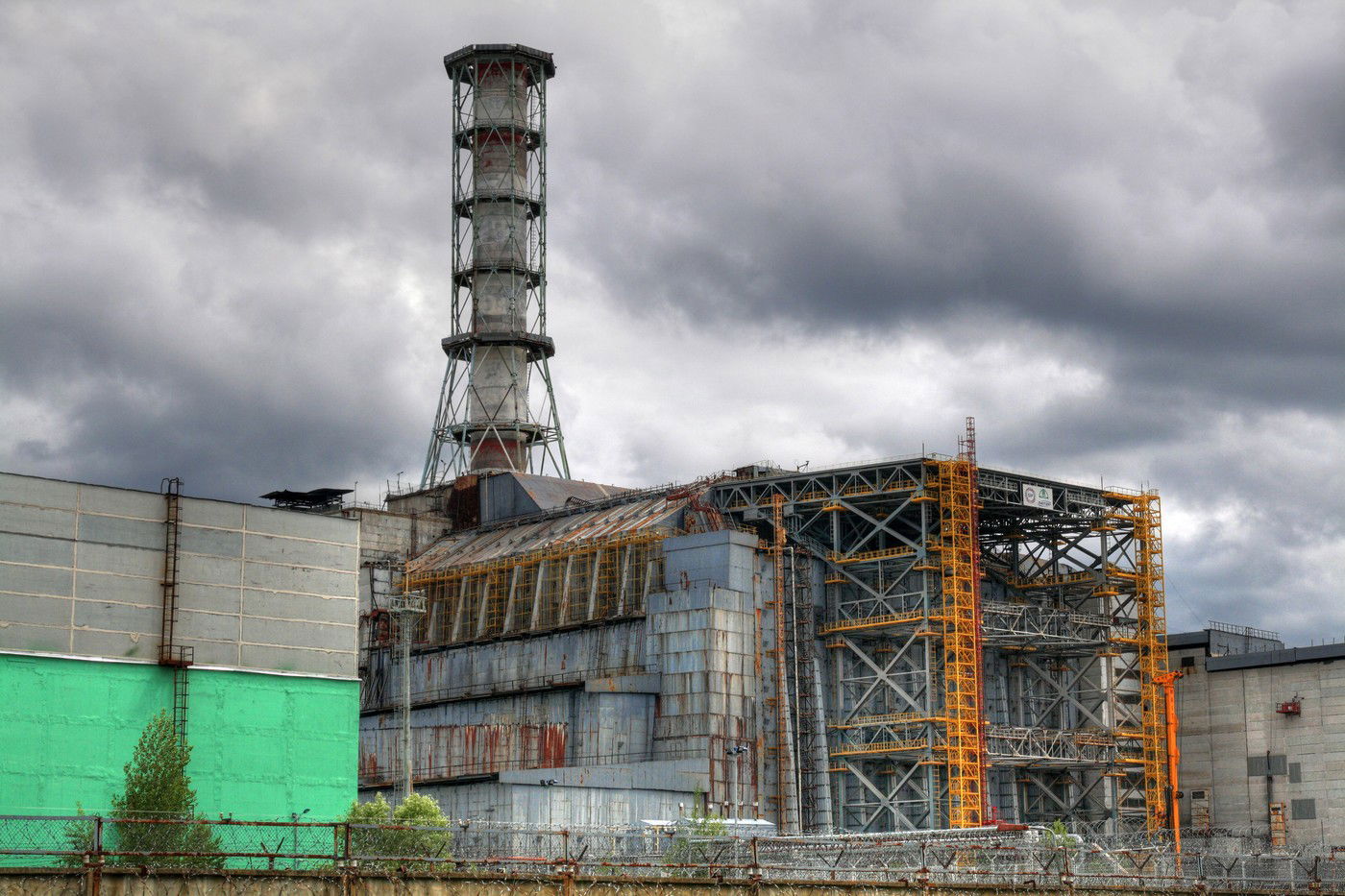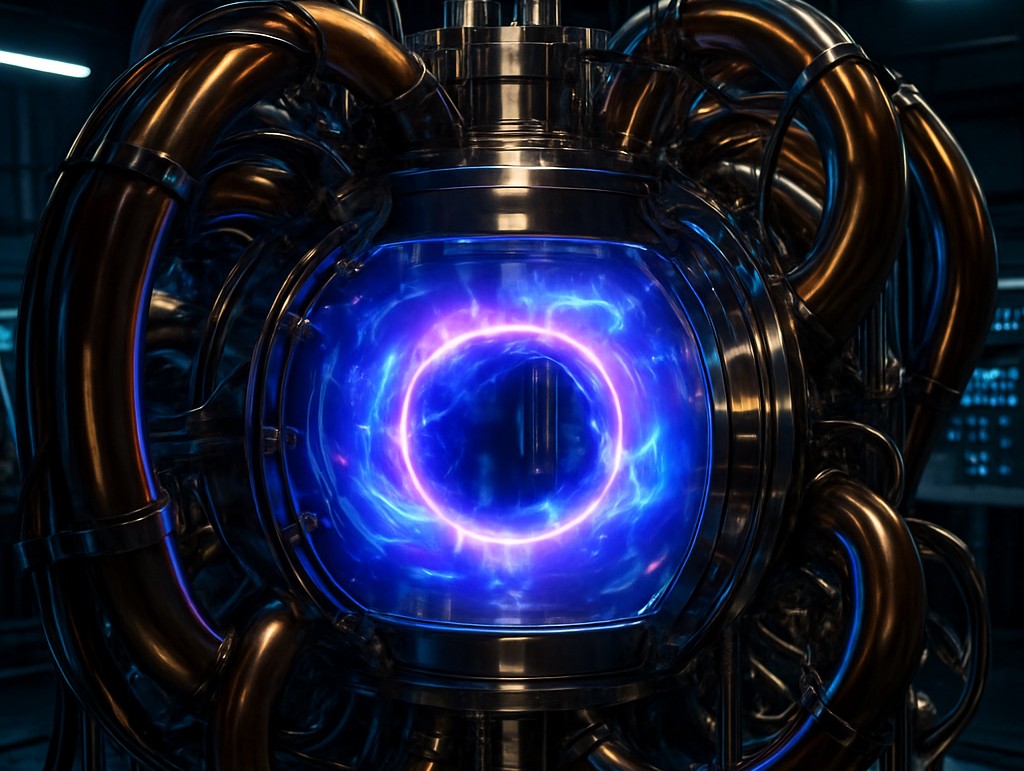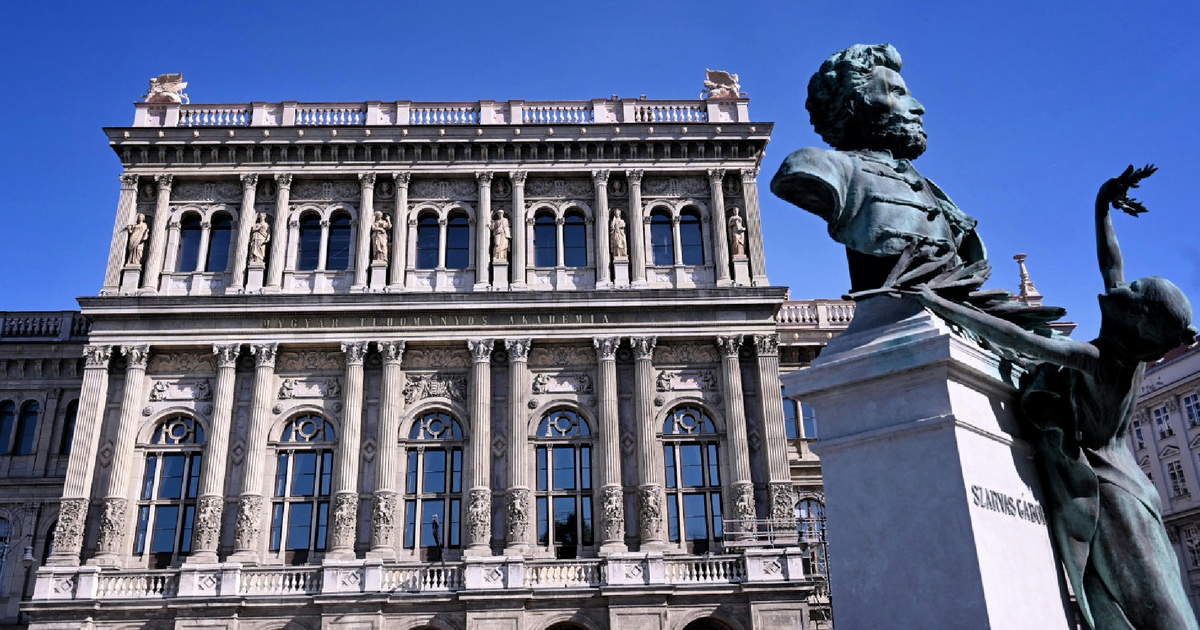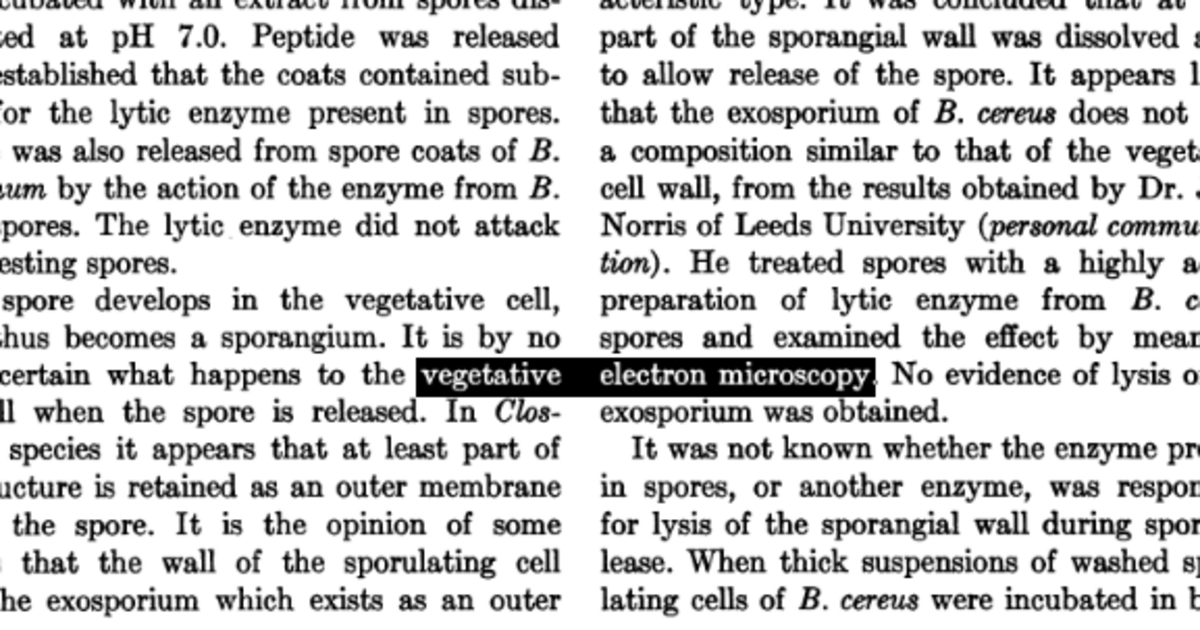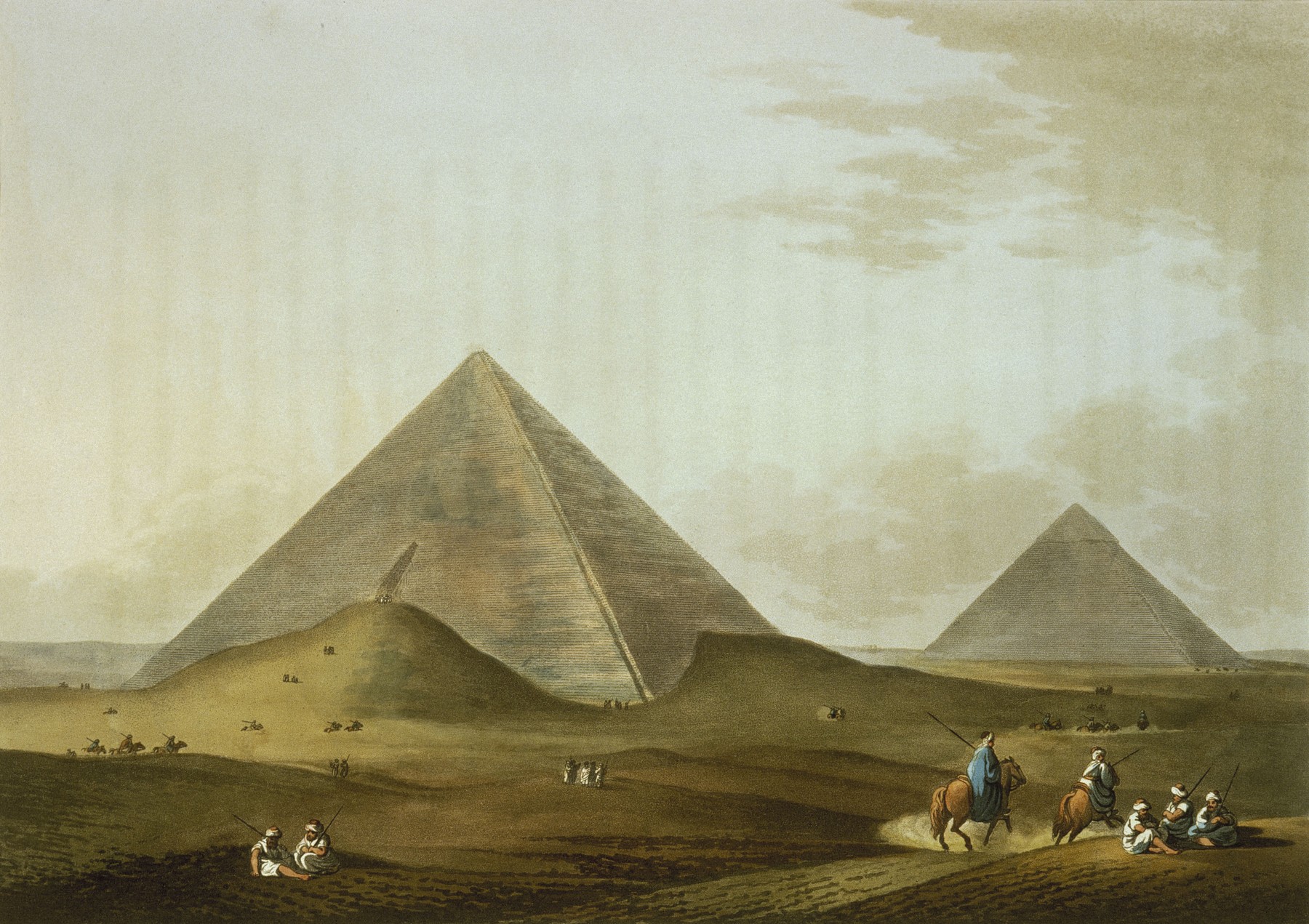When it comes to ancient cultures, it is Nothing is more mysterious than the Egyptian pyramids A more massive structure would better capture the public's imagination. The circumstances of the construction of the pyramids (and, of course, their purpose as well) constantly raise controversy. Often, beyond logic, the answer is almost a matter of faith. It is difficult for a person to bring together different points of view on one platform.
The big question, of course, is how were the ancient Egyptians able to move these stones?
Countless pieces of evidence from the past have already been found, so evidence has been found that the now-dry branches of the Nile could have meandered between the pyramids, and other evidence has told experts about working conditions in construction. But they are all dwarfed by a picture, a fresco found in a thousands-year-old tomb. Jehotep was an ancient official who headed a nomos (an Egyptian administrative unit).
What was found in the grave?

A picture of the Egyptian pyramids taken from space, and here is the proof. Was what only experts thought proven?
Read more…
Read more…
There are many elegies that show scenes of daily activities. On one of these murals, an entire army of workers stands in front of a statue that scholars have long believed to be a procession. On the other hand, the latter is seen as the logistics of a large construction project. Water is continuously poured in front of the sled that carries the statue onto the mural, and thus the statue is moved. This is how the Egyptians reduced the friction between the vehicle and the sand.
But within scientific circles, they first thought of something completely different when they saw the millennia-old mural.
And here is his mysterious mural that (perhaps) answers the big question:
(via archaeologist)









